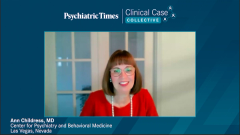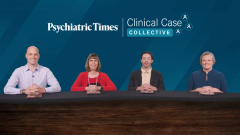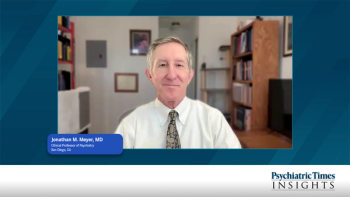
Nonstimulant Therapies for ADHD
Panelists discuss ADHD nonstimulant medication options with detailed clinical considerations.
Episodes in this series

Nonstimulant attention-deficity/hyperactivity disorder(ADHD) medications provide essential treatment alternatives when stimulants are contraindicated or insufficient, with 4 primary options available: atomoxetine, extended-release guanfacine, extended-release clonidine, and viloxazine. Treatment selection depends on individual patient needs, severity of symptoms, and family preferences, with research data supporting atomoxetine and viloxazine as having the strongest effect sizes among nonstimulants. These medications offer particular benefits for patients with comorbid conditions or those who cannot tolerate stimulant adverse effects.
Atomoxetine and viloxazine function as norepinephrine reuptake inhibitors, targeting neurotransmitter systems involved in attention, distractibility, and response inhibition. Atomoxetine requires weight-based dosing (1.2-1.4 mg/kg) and takes approximately 4 weeks to show therapeutic effects, whereas viloxazine demonstrates faster response times of around 2 weeks. Both medications carry important safety considerations, including potential for increased suicidal ideation, requiring careful monitoring and education about distinguishing medication-related intrusive thoughts from situational mental health concerns.
Alpha-2 agonists (guanfacine and clonidine extended release) offer 12- to 24-hour duration, with treatment responses typically visible within 2 weeks. These medications require cardiovascular monitoring, including baseline EKGs, due to their blood pressure and heart rate effects. Clinical practice often utilizes these medications as adjunctive treatments or “boosters” to extend stimulant coverage during morning or evening hours when primary medications wear off. Flexible dosing strategies, such as dividing daily doses throughout the day rather than single bedtime administration, can significantly improve impulse control and behavioral regulation throughout waking hours.
Newsletter
Receive trusted psychiatric news, expert analysis, and clinical insights — subscribe today to support your practice and your patients.


















